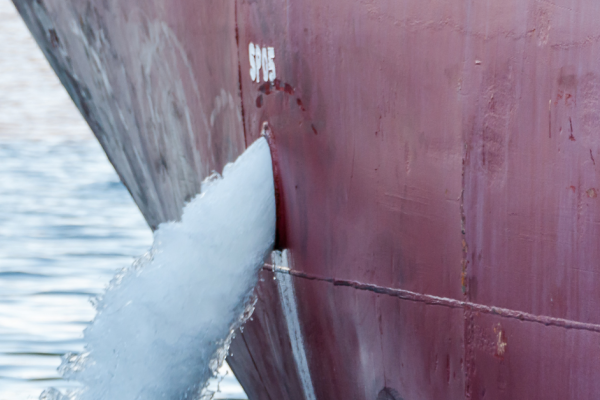
Loss Prevention
Published: July 18, 2025
The California State Lands Commission (CSLC) has implemented an emergency rule in relation to ballast water management. The emergency rule which has come into effect from 16 June 2025 requires vessels carrying ballast water originating from fresh waters and low salinity environments to conduct ballast water exchange prior to discharging at California’s fresh and brackish water.
The emergency rulemaking action is to amend performance standards for vessels operating in California waters to require ballast water exchange in near coastal waters, in addition to complying with existing 2293 - Performance Standards for Ballast Water Discharges as outlined in Article 4.7 of the California Code of Regulations.
Application
The emergency rule applies to vessels with ballast water sourced from waters with a measured salinity of less than 18 parts per thousand (18 ppt) and arriving at ports in the San Francisco Bay area east of, and including, the port of Rodeo, extending to the Ports of Stockton and Sacramento.
Requirements
The vessels to which this emergency rule applies, in addition to complying with the existing 2293 - Performance Standards for Ballast Water Discharges should:
Conduct a ballast water exchange in near coastal waters, and
Ensure that the salinity of the discharged ballast water is equal to or greater than 30 parts per thousand (30 ppt)
Note: For the CSLC "Near-coastal waters" means waters that are more than 50 nautical miles from land and at least 200 meters.
Recommendations
It is pertinent to note that the requirement threshold is placed on salinity and not specific gravity of ballast water. Hence it is essential that records of salinity of the ballast water are maintained to demonstrate compliance.
Ensure that the vessel have the capability to measure or calculate the salinity of the ballast water.
Ensure that the equipment utilised has its calibration valid at the time of measurement, as applicable.
Members are advised to incorporate these requirements in the Ballast Water Management Plan (BWMP) to ensure compliance, avoid potential penalties, and prevent operational disruptions to the vessel.
Supportive Information
For further information on this or other Loss Prevention topics please contact the Loss Prevention Department, Steamship Insurance Management Services Ltd.
Tel: +44 20 7247 5490
Email: [email protected]
Information Notice 22


